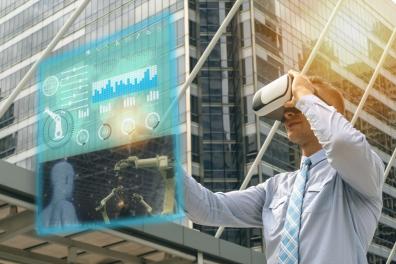

What is EDUSI?
New societies need new strategies to improve sustainability and integrate different levels to bring together all strengths to enhance the quality of life for city residents.
The cities of tomorrow have already managed to bring together the elements that will form them and have begun to develop them. So much so that the European Union, to move toward achieving its objectives and implement the Europe 2020 Strategy (including the European Structural & Investment Funds), proposed support for Sustainable and Integrated Urban Development to develop new urban ecosystems.
EDUSI (Sustainable & Integrated Urban Development Strategy) has grown out of this context. It strives to improve cities in an integrated way, to include spaces with higher urban quality in economic and social terms: Cities that respect diversity, the environment and gender equality awareness.
Since this initiative was launched, Spain’s government has announced different programmes to promote the growth of cities with European Union backing. These programmes seek to promote sustainable mobility plans that ensure new ways of living in towns in a more cohesive way.
Cities: Shared Elements for Society
As discussed in the previous article about sustainable cities that represent green and environmentally-friendly urban ecosystems, these innovative city centres provide solutions to the new realities to be presented at IFEMA MADRID’s upcoming congress, Global Mobility Call.
In Europe, we’re trying to improve our understanding of cities, to make them more inclusive in all aspects. All members of urban society need to work together. These are the spaces where most of us meet, which creates new opportunities for growth consistent with the environment in which we live.
So, the main aspects that make up this new strategy included in the EDUSI funding are to respect the environment more and create spaces for innovation that include all a city’s stakeholders.
Shared Integration Strategies
These new strategies require strategically planning and directing all the actions foreseen over a period to include all stakeholders.
In the same way, each city that integrates this new method should include priorities for each zone, covering the challenges and how to overcome them. It must also have a global strategic vision covering physical, environmental, urban, economic and social factors.
During the three programmes under the Sustainable & Integrated Urban Development Strategies framework, Spain has hosted around 150 different projects in different cities in different regions and capacities.
The FEDER Funds have promoted this initiative and are working to promote inclusive and sustainable mobility and new systems that can offer alternatives to traditional mobility and are respectful and consistent with what happens in each city.
Global Mobility Call: New Urban Spaces
A clear example of how mobility will develop will be the Urban Planning Forum, part of Global Mobility Call. It will bring together experts and representatives of cities leaders in planning models who can contribute their vision about reconfiguring spaces through urban development.
It will be the perfect setting for urban, metropolitan and rural centres to share ways that residents can move about in a way that respects their natural surroundings while meeting their everyday needs.
Global Mobility Call: Economic Development & Regulation
Another common feature of this sustainable urban mobility plan promoted by EDUSI funding is promoting a city’s economic activity.
The new business opportunities generated between all a society’s stakeholders can transform the urban ecosystem, and its development will be fundamental for urban centres.
Global Mobility Call: Society of the Future
The pandemic changed how we relate to each other and our responsibility for our surroundings as residents. The Future Society Forum during the congress will address different topics, including sustainable mobility, the balance between rural spaces and urban environments, initiatives to promote more accessible and inclusive mobility and cities and, in short, the scope for safer, more sustainable and connected cities.





